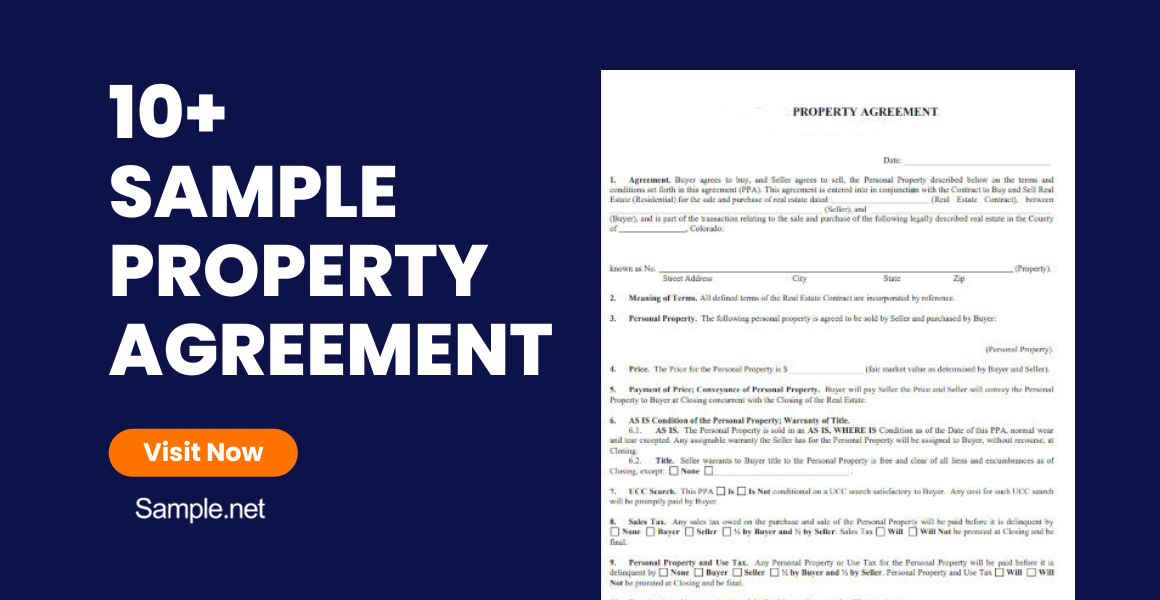Welcome to the pinnacle of property transaction efficiency! Our Property Sample Agreement document is your key to navigating the intricacies of real estate with ease. Tailored for the United…
continue reading
50+ Sample Retainer Agreements
-
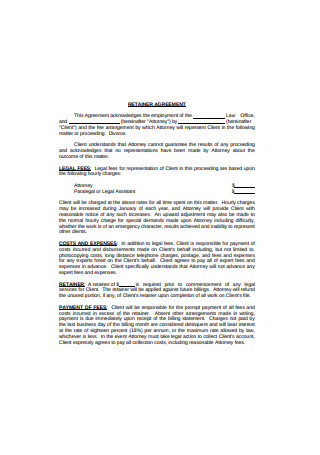
Retainer Agreement
download now -

Sample Retainer Agreement
download now -
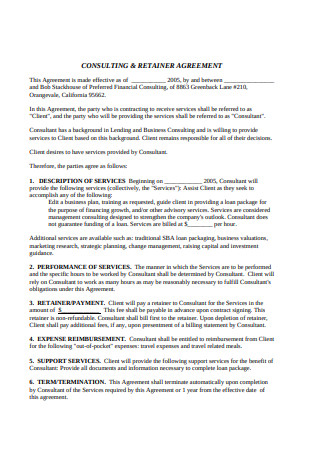
Consulting and Retainer Agreement
download now -

Retainer Agreement Example
download now -
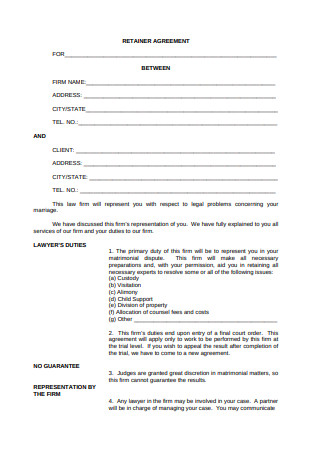
Basic Retainer Agreement
download now -
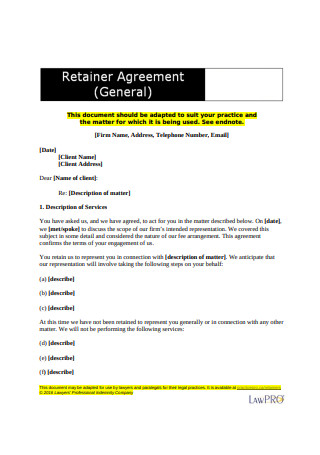
General Retainer Agreement
download now -
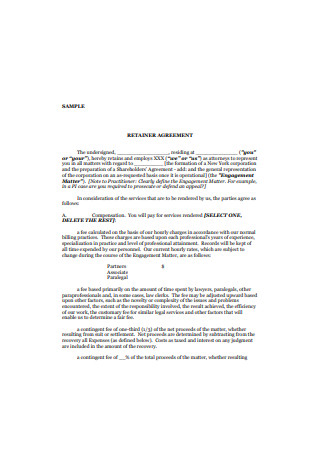
Sample Retainer Agreement Format
download now -
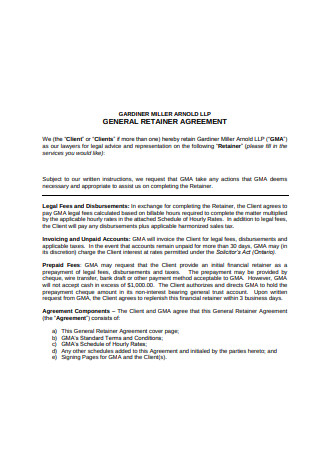
General Retainer Agreement Example
download now -
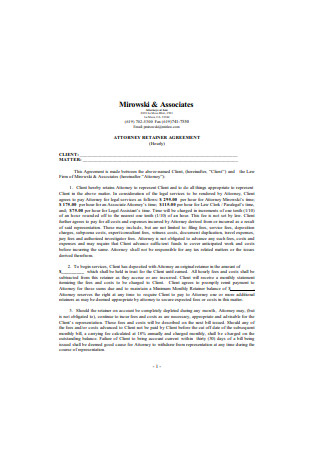
Attorney Retainer Agreement
download now -
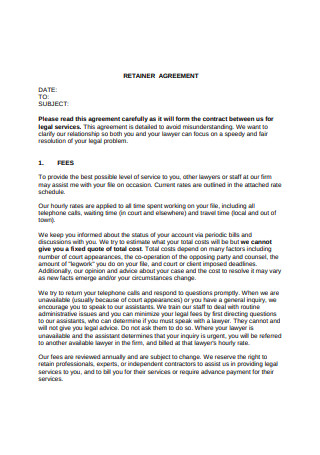
Sample Retainer Agreement Example
download now -
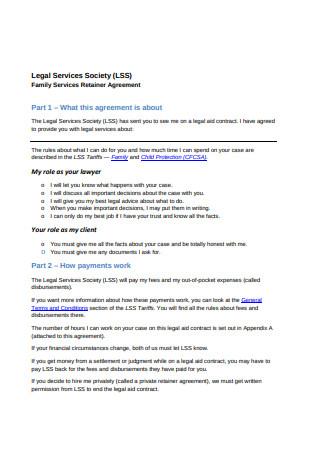
Family Services Retainer Agreement
download now -

Basic Retainer Agreement Format
download now -
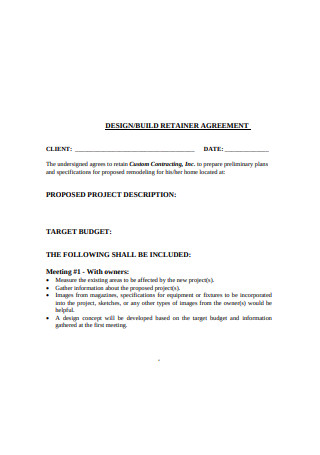
Design Retainer Agreement
download now -
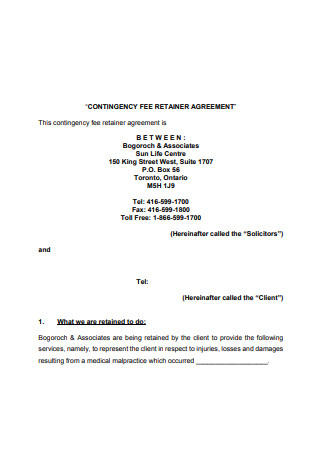
Contingency Fee Retainer Agreement
download now -
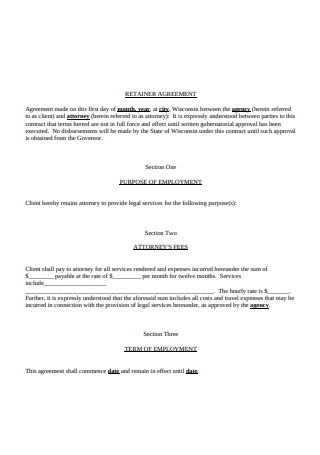
Formal Retainer Agreement
download now -
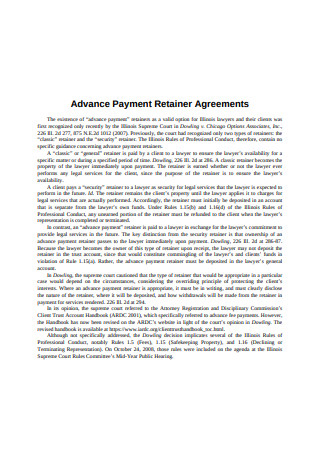
Payment Retainer Agreement
download now -
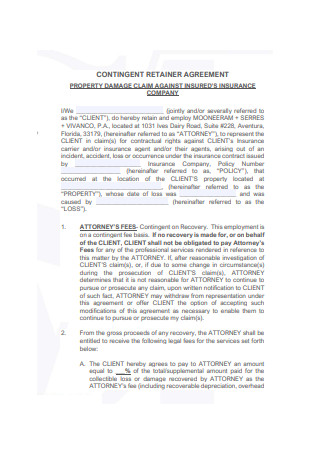
Contingent Retainer Agreement Sample
download now -

Simple Retainer Agreement
download now -
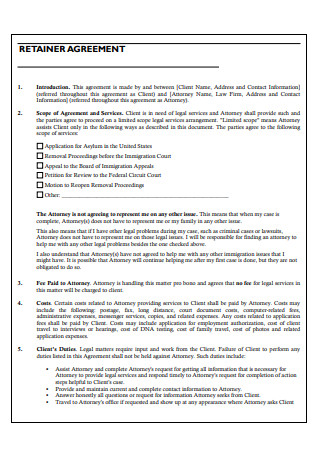
Standard Retainer Agreement
download now -

Limited Legal Services Retainer Agreement
download now -

Retainer Agreement Format
download now -
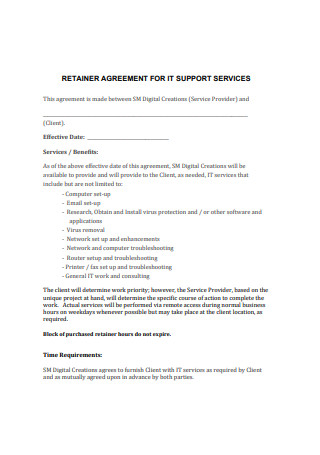
Retainer Agreement for IT Support Services
download now -
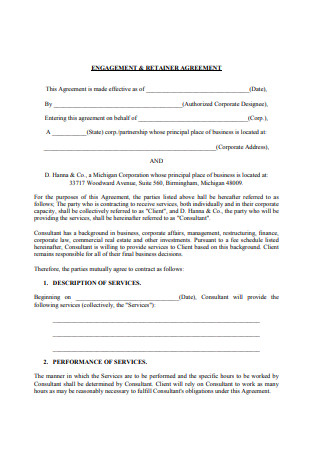
Engagement and Retainer Agreement
download now -
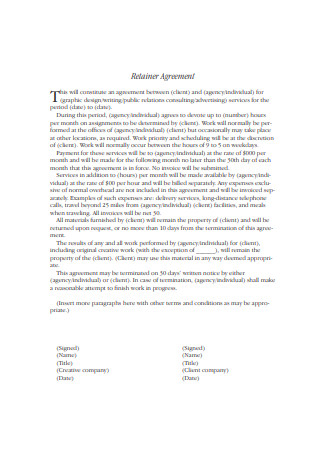
Retainer Agreement Sample
download now -
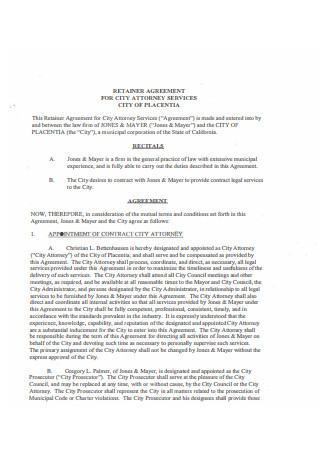
Simple Retainer Agreement Format
download now -
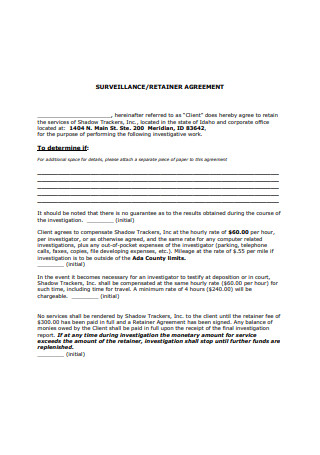
Standard Retainer Agreement Example
download now -
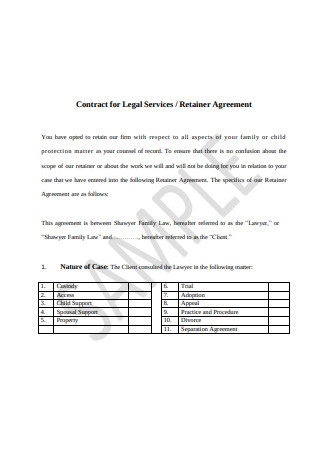
Printable Retainer Agreement
download now -
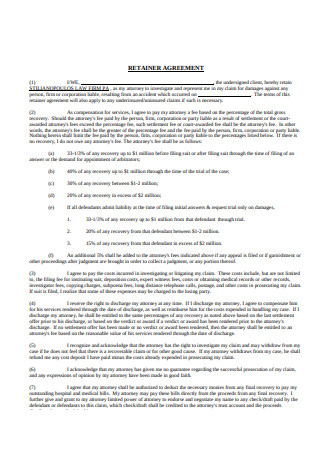
Basic Retainer Agreement Example
download now -
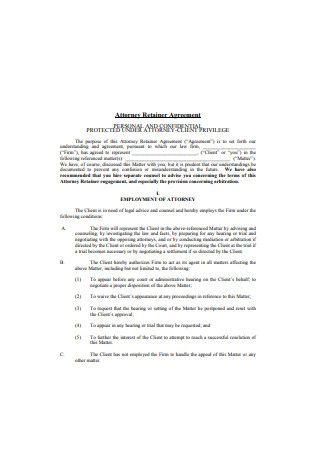
Attorney Retainer Agreement Sample
download now -
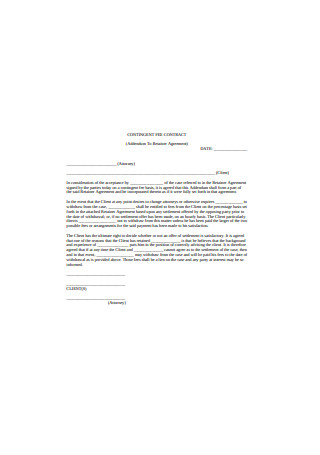
Addendum to Retainer Agreement
download now -
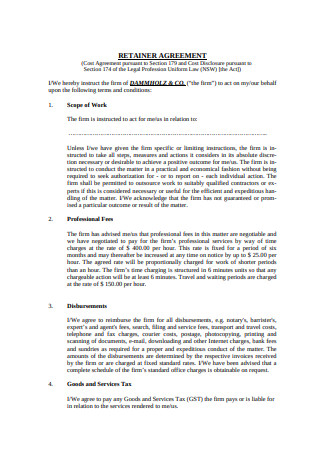
Standard Retainer Agreement Format
download now -
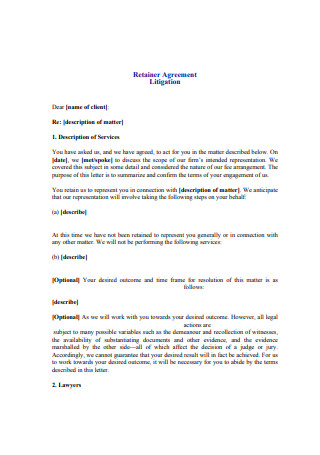
Printable Retainer Agreement Example
download now -
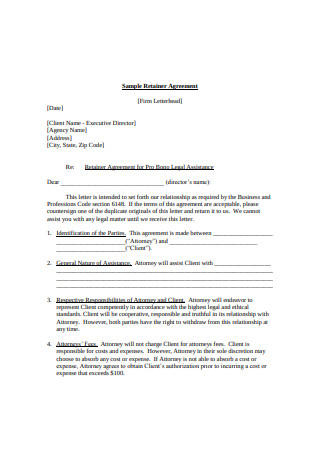
Basic Retainer Agreement Sample
download now -
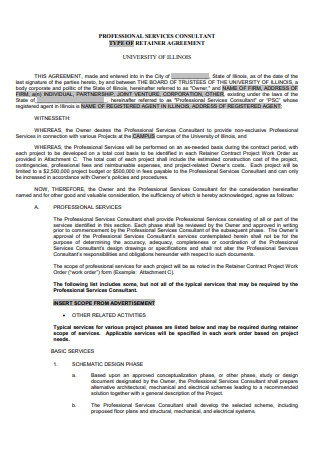
Professional Service Retainer Agreement
download now -
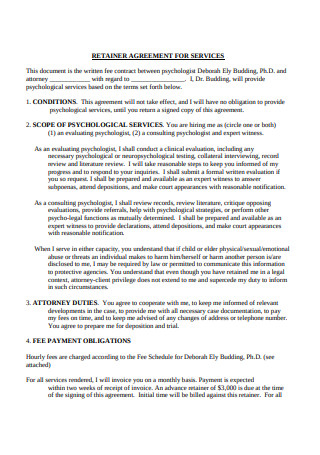
Retainer Agreement for Services
download now -
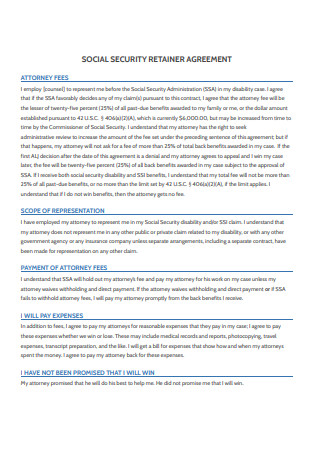
Social Security Retainer Agreement
download now -
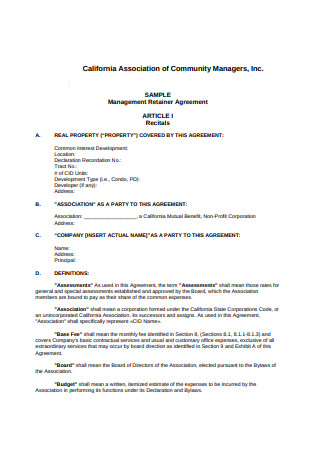
Management Retainer Agreement
download now -

Attorney Retainer Agreement Example
download now -
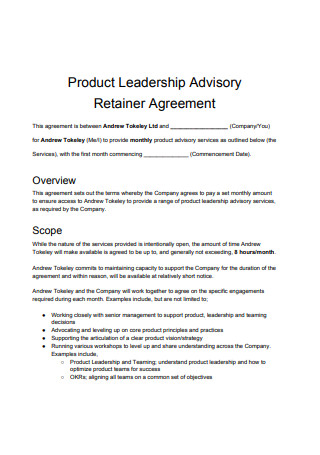
Product Advisory Retainer Agreement
download now -
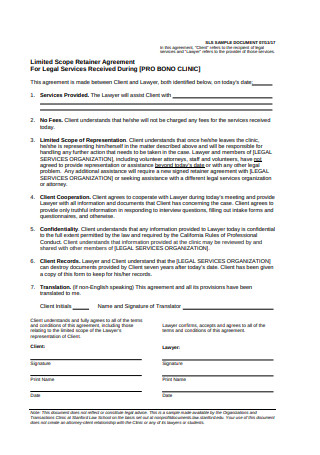
Limited Scope Retainer Agreement
download now -

Agency Retainer Agreement
download now -
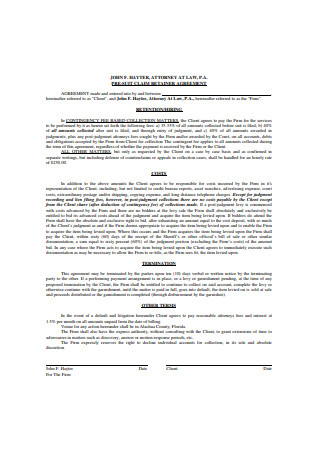
Pre-Suit Claim Retainer Agreement
download now -
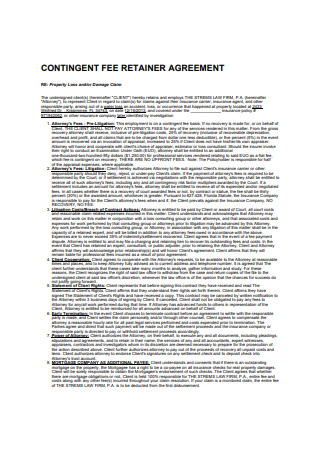
Contingent Fee Retainer Agreement
download now -
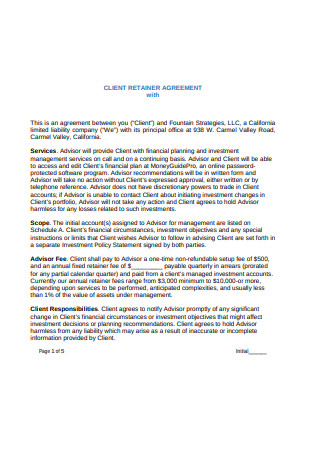
Client Retainer Agreement
download now -
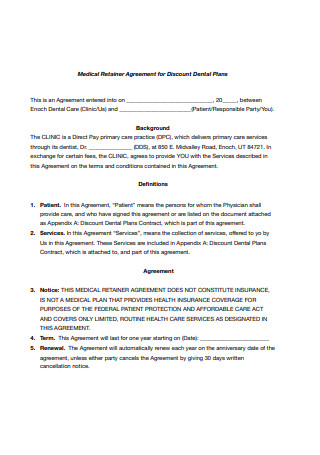
Medical Retainer Agreement
download now -

Fee Retainer Agreement Form
download now -
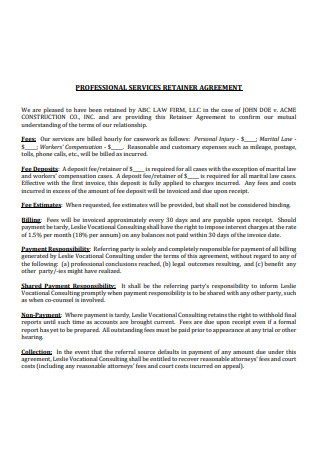
Professional Services Retainer Agreement Format
download now -
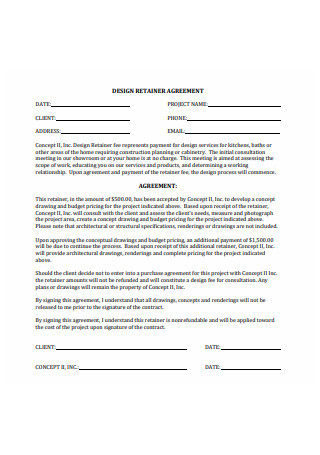
Design Retainer Agreement Sample
download now -
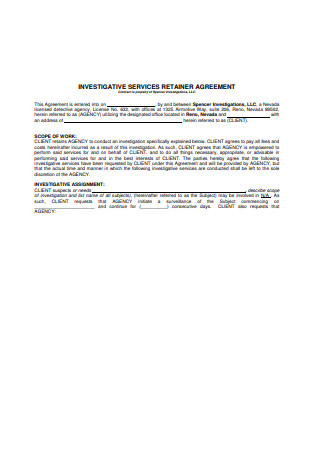
Investigative Services Retainer Agreement
download now -
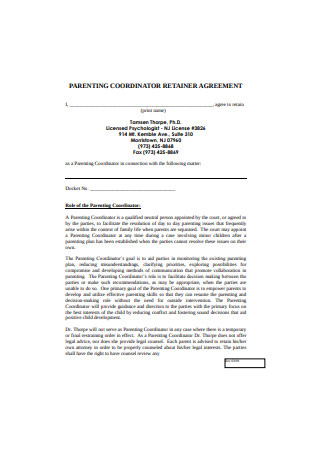
Parenting Coordinator Retainer Agreement
download now -
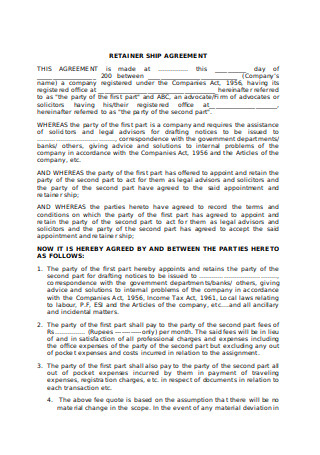
Retainer Ship Agreement
download now
What is a Retainer Agreement?
You’ve probably heard a story from someone about their friend or family member facing charges because they were violating the law. In the course of the narration, he mentions hiring an attorney on retainer and having to pay a considerable amount as a retainer fee. Now, whenever you hear the words retainer agreement, you initially think of lawyers. But these lucrative contracts can also be applied to other professional services such as consulting services and freelancing. Some examples of professions that offer their service on retainer are website developers, engineers, writers, social media managers, graphic designers, financial consultants, private investigators, and accountants. When you offer service on retainers, you are selling your future time to your clients for a fixed price. Similar to a subscription you get from an internet provider, your client is paying you on a weekly, monthly, or yearly basis. Continue reading this article to understand a retainer agreement further.
Important Things to Include in Your Retainer Agreement
If people write contracts like they write letters, we wouldn’t have much use for lawyers and their legalized language. We would have a piece of paper containing a yes or no question: “Do you want to work with me? Yes, or No” and that would summarize the whole agreement. But modern society frowns on that notion. Especially in the business world, we always need to keep it professional. Hence, when writing a retainer agreement, we need to include essential provisions, such as:
Types of Retainer Agreement
There are different types of retainer arrangements, as mentioned below:
1. Time-Based
One of the simplest forms of retainer is charging a client by the hour. For example, your client has paid to engage your services for the fixed price of x $ per month, which is good for x hours for the whole month. Every other day he calls you, or you do the work he asks for x hours until all the remaining hours are complete. So, the amount of work or time you give to your client depends on how much he has paid you on an hourly basis.
2. Project-Based
Offering a client a flat fee for and until the project is complete. A web developer can ask a flat fee for the completion of a website he’s making for a client. One of the most significant advantages of this type of arrangement is it increases your productivity; the project can be completed faster compared to an hourly rate. With a fixed-rate, you’ll make sure your work gets done in no time. This type of arrangement has a time-constraint. The client usually gives you a deadline to finish the project. If you’re unable to meet the deadline, a client can terminate or cancel the agreement.
3. Performance-based
For example, if you work as a freelance writer, you are capable of writing four to seven articles per day. In this type of retainer arrangement, your client pays you depending on the number of articles you produce in a day. The same goes for other professional services that provide output, such as graphic designers, painters, and the likes.
How to Write a Kickass Retainer Agreement (And Win Over Clients)
The freelance industry is growing each year. Most people are now choosing to work independently rather than being controlled by corporate. As reported by Forbes, 56.7 million Americans have joined the freelance movement. If you’re one of those freelancers, you’ll probably need a retainer agreement. Below are guidelines to help you in your freelancing career.
Step 1: Date before committing.
The pre-agreement signing stage is quite crucial. As a freelancer, you need to make a good impression on your potential client—Remember to be confident but don’t show off. One way of appearing confident is by maintaining eye contact and being well-spoken. Be welcoming but not too friendly. You’re attending a business meeting, so you need to be professional. You can still be conversational and engaging, but don’t forget you’re here to land a client. Know when to crack a joke and when to get serious. Set the mood. The ambiance of your meeting place can have a significant impact. A safe place to set a meeting is at a coffee shop. It might sound cliche, but it’s a great place to meet and converse while drinking your favorite beverage.
Step 2: Get to know each other.
Put your feet on his shoes. Agreeing on a retainer scheme can be a big deal for your soon-to-be client and his business. Trust is essential when entering in a retainer agreement. To build trust, just like for any other type of relationship, both parties must get to know each other. Don’t be afraid to ask questions. The more information you gather from him, the better you’ll understand what he needs. And the easier for you to come up with a responsive offer. Listen. Pay attention to the conversation, especially the part where both of you discuss your expectations with each other. Knowing expectations is helpful when drafting the scope of work of the retainer agreement. Setting expectations clarify what the parties are supposed to deliver. It helps by placing both of you on the same page.
Step 3: Discuss what you can offer in the relationship.
Like a tinder profile, you should lay down your credentials. Discuss with length the details of your previous works. It’s is not about selling yourself to the client, but it’s about making him feel that he’s in good hands. People prefer to work with someone that has experience. By providing a portfolio, the client can have a better understanding of what you can offer him.
Step 4: Let the client know your worth.
How much is your worth? Depends on the work you’re offering, it’s best to have a fixed price for your services. Most freelancers provide a variety of package services at different price points, also known as bundled pricing. So, let your client know that he has options. Negotiating a fair rate can indeed be difficult. However, if you’re the real deal and highly confident of your craft, make your client realize that what he’s paying you will be worth it.
Step 5: Marriage.
Put everything on paper and make it official. Verbal agreements are difficult to prove. If you want to elevate your relationship to the next level, get the deal into writing. You already know the essential provisions that go in a retainer agreement, I’m sure you’re more than capable of writing one. But if you have doubts, let a professional review the document for you.
FAQs
What is a retainer fee?
Remember when your parents use to give you your weekly allowance to motivate you to attend your classes? Well, a retainer fee works similarly as an allowance. You pay the other person in advance to guarantee the performance of a service. The services in the retainer agreement. The most common professional services that ask for retainer fees are lawyers, consultants, and freelancers.
What does it mean to hire someone on retainer?
To give you a straight-forward answer, hiring someone on retainer means that he is “on-call.” Whenever you randomly need his service, you’re entitled to call him at any time of the day. However, this depends on the terms of the retainer agreement. Typically, you pay for his service in advance. The payment is usually made regularly on a weekly, monthly, or yearly basis, that’s why it’s called ‘retainer.’ You’re retaining his service for and when you need him.
How does a retainer work for a lawyer?
You’re in a grocery store and hear a commotion in aisle five. You overhear a woman yelling at the store manager and threatening him by calling her lawyer. That woman, most likely, has her lawyer “on retainer.” Having a lawyer on retainer means you can call him at any time of the day to ask for legal advice. Usually, a person would retain the services of a lawyer when he is facing legal charges. Before a lawyer agrees to handle your case, you need to pay him a retainer fee. Once he receives your payment, he guarantees his full commitment to you and your case. It is worth mentioning that a retainer fee does not cover all the expenses for the entire process; it is merely an upfront payment, signifying that you can afford his services.
Can I cancel a retainer agreement?
It depends on what the retainer agreement provides. Some include a refund clause. In some states, it’s unethical for lawyers to include a non-refundable provision in retainer agreements since lawyers are obligated to return any unearned fees. If your lawyer is not able to do the work, you can ask him for a refund of the retainer fee. If he refuses, you have the option to file a misconduct case against him.
How do consulting retainers work?
Investing is a complicated business. Knowing where and when to invest your money can be daunting, especially to an average person with little to no background of how the stock market works. Luckily, financial advisors exist. Typically, we hire consultants on retainer. Having them on retainer means you have access to your consultant’s financial knowledge at any time of the day. If you’re thinking of investing in a company, but you’re unsure if it’s a wise choice, you can just call your financial advisor and have him assess it for you.
It’s not easy to convince someone to trust you, so make sure to deliver expectations. In freelancing, it can be challenging to maintain a pool of clients; it’s best to keep a few you can handle and provide standard service.
